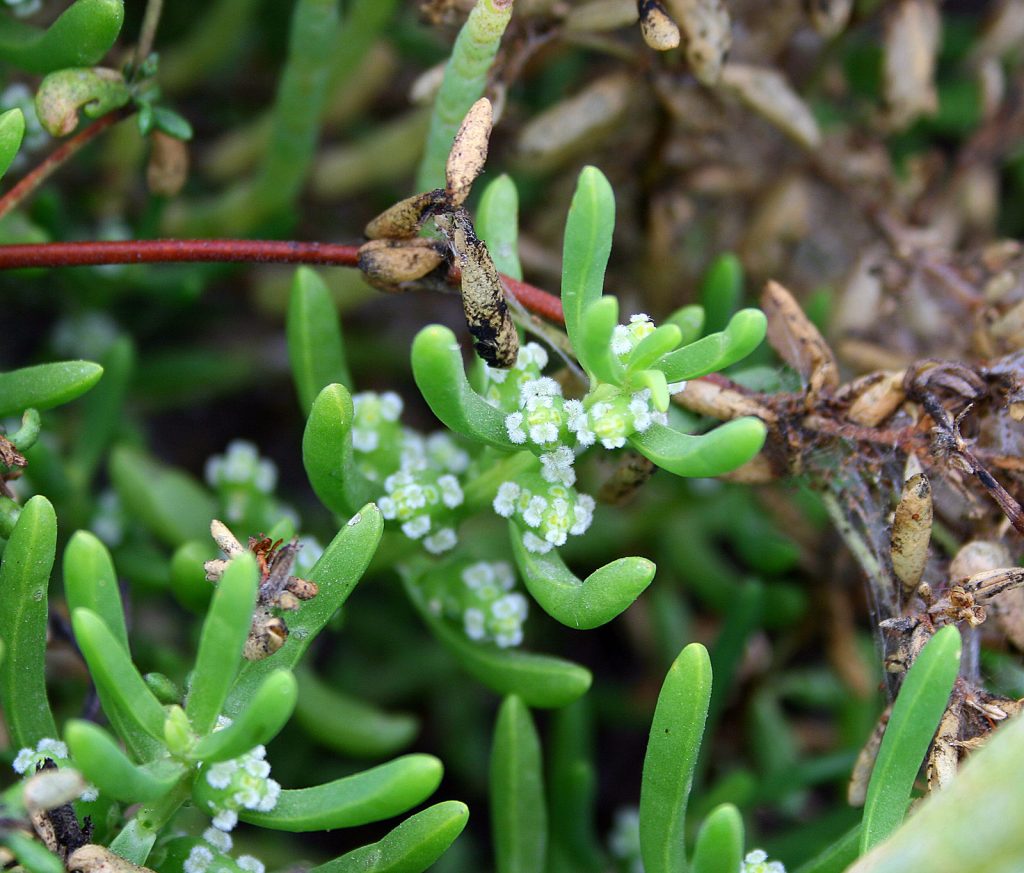
Dharaseeds
Saltwort
Estimated delivery between April 15 and April 18.
Saltwort is a hardy, salt-tolerant plant commonly found in coastal areas and salt marshes. Known for its ability to thrive in poor, salty soils, this plant has been used for its edible and medicinal properties for centuries. Saltwort is often cultivated for its rich nutrient content, as well as its ability to adapt to difficult growing conditions, making it a valuable addition to drought-resistant or coastal gardens.
Key Benefits
- Salt-Tolerant: Thrives in saline and brackish soils, making it ideal for coastal or salt-affected areas.
- Edible Leaves: The young leaves are edible and have a salty, tangy taste, making them a great addition to salads and soups.
- Drought-Resistant: Very low-maintenance, requiring minimal water once established.
- Medicinal Uses: Traditionally used to treat a variety of ailments, including respiratory issues and skin irritations.
- Environmentally Friendly: Ideal for planting in erosion-prone areas, as it helps stabilize the soil and prevent erosion.
Variety Features
- Plant Type: Annual or perennial, depending on climate.
- Growth Habit: Low-growing, spreading plant that reaches 12–24 inches in height.
- Leaves: Thick, succulent, and fleshy, with a distinctive salty flavor when young.
- Flowers: Small, inconspicuous flowers that typically bloom in late summer.
- Climate Adaptation: Best suited for USDA zones 4–10. Tolerates extreme heat and salt conditions.
Planting Instructions
Planting Season
- Indoors: Start seeds indoors 6–8 weeks before the last expected frost.
- Outdoors: Direct sow seeds outdoors after the last frost when soil temperatures have warmed up.
Planting Details
- Soil Requirements: Prefers well-draining, sandy or loamy soils. Tolerates salty and brackish conditions.
- Sunlight: Full sun for optimal growth. Saltwort thrives in bright, sunny environments with minimal shade.
- Spacing: Space seeds 12–18 inches apart to allow for spreading growth.
- Sowing Depth: Sow seeds ¼–½ inch deep into the soil.
Germination
- Temperature: Best germinates at 65–75°F (18–24°C).
- Time: Germination typically takes 7–14 days.
Care Instructions
- Watering: Water moderately, allowing the soil to dry out between waterings. Saltwort is drought-tolerant and can survive with minimal water.
- Fertilization: Requires little to no fertilization. Adding organic compost before planting can help enhance growth.
- Pruning: Prune lightly to maintain shape and remove any dead or damaged stems.
- Pest Management: Saltwort is relatively pest-resistant. Watch for slugs or aphids but otherwise does not require extensive pest management.
Harvesting Details
- Harvest Time: Harvest young leaves when they are tender and flavorful. Typically, leaves are ready to harvest about 2–3 months after sowing.
- Harvest Method: Use scissors or pruning shears to cut the young leaves. Be sure to leave enough leaves on the plant to allow for further growth.
Culinary Uses
- Salads: Add young leaves to salads for a salty, tangy flavor.
- Soups and Stews: Use in soups, stews, and sauces for a natural salty taste.
- Garnishes: Sprinkle fresh leaves as a garnish on seafood dishes or vegetable plates.
- Preserved: Saltwort can also be pickled to preserve its flavor for future use.
Conclusion
Saltwort is a unique and versatile plant that thrives in challenging, salty environments. With its edible, nutrient-packed leaves, it can enhance the flavor of many dishes, while its hardy nature makes it a great addition to coastal or drought-resistant gardens. Whether used in cooking or as an ornamental plant, Saltwort offers valuable benefits for both gardeners and culinary enthusiasts. Grow Saltwort for an easy-to-care-for plant that can tolerate extreme conditions and provide delicious, salty leaves for your meals.








